Table of contents
Written by Zahera Taârabt
19 January 2023
9:11 am reading time
5 HR Trends in 2023: an employee-centric approach
In recent years, HR professionals and employers have been put to the test. The you-know-what virus prompted a swift transition to a hybrid work environment, mass layoffs, and an economic crisis… In short: unrest on all fronts of HR land. But what HR trends can we expect in 2023? What challenges lie ahead this time?
The well-being of your employees is paramount, no two ways about it. Remote work, flexible hours, diversity, equality, and inclusion (DEI) – these are all efforts you must undertake to keep pace with the speed of the changing HR landscape.
In 2023, numerous HR trends will emerge to make these adaptations much simpler. In this blog, we’ll give you five to start with.
Curious for more? Check out all our guides and whitepapers here to get started 💪
HR Trends in 2023: An employee-centric approach
1. Employee experience
Since 2020, employees’ expectations have shifted significantly. HR professionals see the impact of this on the quality and quantity of recruiting and retaining employees. Every touchpoint someone experiences from the application process to onboarding and beyond contributes to the employee experience.
It’s important to focus on four pillars with this trend:
- Prioritize your people:
Giving your employees personal and professional space not only builds confidence but also fosters genuine engagement within your company or organisation. - Flexibility:
Not every employee is the same. You have 50+ year-olds, millennials, Gen Z and other groups. Each group has different needs for flexible hours and benefits that align with their lifestyle. - Shared goals:
Employees are increasingly seeking organisations and companies that align with their ethics, values, and norms. Use your employer brand to showcase who you are. This way, the right talents will naturally gravitate towards you. - Overall well-being:
Employees are looking for a place where a holistic approach to mental, physical, and emotional well-being is present. They want to be able to be themselves, even if they’re having a bad day or going through a tough time.
2. Addressing talent shortages
Aging demographics, the departure of older generations from the workforce, and young new graduates lacking necessary skills make recruiting and hiring personnel in 2023 more challenging. Employees want to take control of their own destiny, leading applicants to be more conscious and critical during the recruitment process. They want to protect their time, benefits, and professional growth. Flexible hours, higher salaries, and robust fringe benefits are the basics, but alone, they’re not enough to attract top talent.
As an HR professional or employer, you must look beyond the obvious – or high pay.
3. Upskilling
Assess what skills your people already have and where they can improve. Consider how your employees learn and what skills they already possess. Examine their potential and give them the opportunity to develop into the best version of themselves.
4. Employee engagement – including through remote work
With remote work becoming the norm, employees are spending less and less time in the office. While there’s nothing wrong with that, it can eventually lead to fewer close work friendships (froleagues). This is a concerning HR trend because employees who get along well with their colleagues at work are seven times more likely to be engaged with the organization.
As an employer or HR professional, it’s up to you to boost morale. Do this by organizing fun team-building activities, themed days, Fat Fridays, and regularly holding (virtual) check-ins to gauge how your employees are feeling.
5. Filling the gap: the rise of freelancers and contract workers
The War For Talent has led to vacancies remaining open longer and sometimes not being filled at all. Contingent workers or temporary workers, better known as temps, freelancers, and other contract workers, provide a solution here.
Whether it’s marketers, graphic designers, or developers, as a company or organization, you must find the right combination of skills and abilities to place the right people in the right positions. Many employees who previously worked full-time have switched to contingent work because they can choose which projects and companies they work for, when, and how they want.
Where’s the advantage for you as an employer or HR professional? The ability to hire contingent workers on a project basis expands your talent pool, allows you to test them out, and lowers your cost per hire.
Curious about other emerging HR trends, hidden pitfalls, and how we at Jobtoolz are responding? Then start by reading our e-book on 8 HR hacks for a strong recruitment process.









